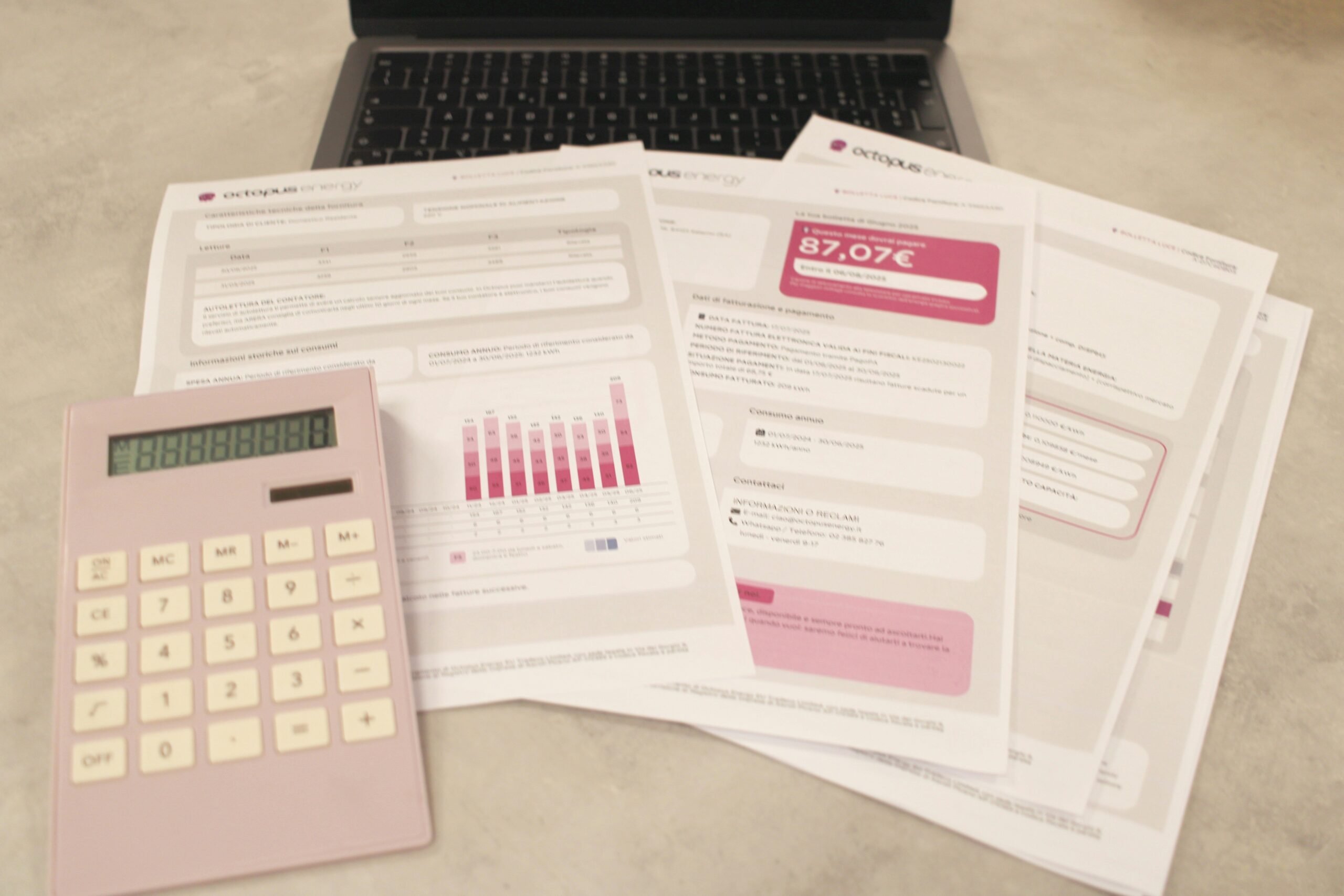Ever stared at a mountain of consulting course data, wondering if you’re making any progress? Yeah, us too. But what if case study monitoring could be the cheat code to leveling up your personal finance mastery?
Welcome to the ultimate guide where we tackle Case Study Monitoring—a game-changing strategy for leveraging financial tools and apps to ace your consulting courses. By the end of this post, you’ll walk away with:
- A clear understanding of why case study monitoring matters.
- Actionable steps to monitor your cases like a pro.
- Tips and best practices from real-world examples.
- Frequently asked questions answered (finally).
Table of Contents
- Key Takeaways
- The Problem with Consulting Courses
- How to Monitor Your Case Studies Effectively
- Best Practices for Case Study Monitoring
- Real-World Examples of Successful Monitoring
- FAQs About Case Study Monitoring
Key Takeaways
- Financial tools and apps can streamline your approach to consulting course case studies.
- Effective monitoring involves tracking metrics, adapting strategies, and staying consistent.
- Learning from others’ mistakes saves time—and sanity.
The Problem with Consulting Courses
Let’s get brutally honest here. Consulting courses are notorious for being overwhelming. You sign up expecting actionable insights but end up drowning in PDFs, spreadsheets, and vague advice that doesn’t translate into results.
Rant Alert: Ugh, don’t even get me started on those endless modules that feel more like clickbait than education. “Download my free checklist!” they say. Then you realize it’s just seven words of fluff wrapped in a pretty font.
Here’s the kicker: without proper case study monitoring, you might as well throw your money into a paper shredder instead of investing in these courses. Why? Because case studies are your chance to apply theory to practice—but only if you’re tracking progress effectively.

How to Monitor Your Case Studies Effectively
Alright, let’s dive into the nitty-gritty. How do you actually track your case study performance without losing your mind?
Step 1: Define Clear Metrics
Optimist You: *“I’ll crush this course!”*
Grumpy You: *“Define ‘crush.’ Are we talking completion rates or ROI?”*
Start by clarifying what success looks like. Is it revenue growth after implementing strategies? Time saved managing finances? Stickiness of habits developed through the course? Whatever it is, write it down.
Step 2: Choose the Right Tools
For case study monitoring, financial apps are your new BFFs. Think Notion for organizing insights, Tiller Money for automating budget tracking, or Harvest for logging billable hours spent refining skills.
Step 3: Schedule Regular Check-ins
Set calendar reminders to review progress weekly. This isn’t optional unless you want to wake up one day realizing six months have passed with zero tangible outcomes.

Best Practices for Case Study Monitoring
- Track Consistently: Even 10 minutes daily adds up over weeks and months.
- Use Visuals: Graphs beat numbers every time when presenting findings to yourself—or clients!
- Be Honest: Don’t sugarcoat failures; learn from them.
- Avoid Overloading: Terrible Tip Disclaimer: Trying to analyze everything leads to paralysis. Focus on three key metrics per case study.
Real-World Examples of Successful Monitoring
Meet Sarah. She joined a top-tier consulting course last year, armed with nothing but her laptop and a dream. Her secret weapon? A simple Google Sheet where she tracked her income changes, client feedback scores, and task efficiency post-implementing course strategies.
Result? In six months, her side hustle grew by 42%. Yes, chef’s kiss level stuff.
Another example: Mark used Toggl to measure how much time he dedicated to revising his business model based on course teachings. By reducing inefficiencies, he gained back 8 hours per week—time now spent hiking rather than staring at spreadsheets.

FAQs About Case Study Monitoring
What tools should beginners use for case study monitoring?
Start simple: try free apps like Wave or Mint before diving into paid solutions.
How often should I check my case study metrics?
Once a week is ideal. More frequent checks can lead to micromanagement madness.
Can I skip case study monitoring if I’m short on time?
Nope. Skipping this step means flying blind—and trust me, nobody wants their investments to crash mid-flight.
Conclusion
There you have it—a comprehensive guide to mastering case study monitoring within consulting courses under the umbrella of personal finance and financial tools/apps. Whether you’re drowning in PDFs or struggling to see ROI, effective monitoring can transform frustration into clarity.
So grab your favorite coffee mug, fire up your chosen app, and start tracking those wins. After all, knowledge without action is like having an unwatered Tamagotchi—it dies quickly.
Haiku Bonus:
Data flows like rivers,
Monitor the tides of change,
Profit blooms like spring.


